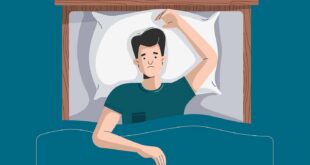How do older adults experience depression?
Depression is not a normal part of aging, and studies show that most seniors feel satisfied with their lives, despite increased physical ailments.
However, when older adults do have depression, it may be overlooked because seniors may show different, less obvious symptoms, and may be less inclined to experience or acknowledge feelings of sadness or grief.
In addition, older adults may have more medical conditions such as heart disease, stroke or cancer, which may cause depressive symptoms, or they may be taking medications with side effects that contribute to depression.
Some older adults may experience what some doctors call vascular depression, also called arteriosclerotic depression or subcortical ischemic depression.
Vascular depression may result when blood vessels become less flexible and harden over time, becoming
constricted.
Such hardening of vessels prevents normal blood flow to the body’s organs, including the brain.
Those with vascular depression may have, or be at risk for, a co-existing cardiovascular illness or stroke.
Although many people assume that the highest rates of suicide are among the young, older white males age 85 and older actually have the highest suicide rate.
Many have a depressive illness that their doctors may not detect, despite the fact that these suicide victims often visit their doctors within one month of their deaths.
The majority of older adults with depression improve when they receive treatment with an antidepressant, psychotherapy, or a combination of both.
Research has shown that medication alone and combination treatment are both effective in
reducing the rate of depressive recurrences in older adults.
Psychotherapy alone also can be effective in prolonging periods free of depression, especially for older adults with minor depression, and it is particularly useful for those who are
unable or unwilling to take antidepressant medication.
 Therapy for anxiety Therapy for anxiety
Therapy for anxiety Therapy for anxiety



